Microplastics in Human Blood: Polymer Types, Concentrations and Characterization Using μFTIR
Microplastics in human blood: Polymer types, concentrations and characterisation using μFTIR
This new study on microplastics in human blood continues to confirm everything we have been seeing in live blood analysis. Of course the scientists do not question any correlation to the C19 bioweapon.
90% of healthy volunteers did have microplastic polymers in their blood. Polyethylene was most common. Polyethylene Glycol is used for the lipid nanoparticles in the C19 bioweapons. The particles were from 5 to 800 micrometers, so well within the size range that we are able to see on our Darkfield Microscopy. Please note that this is a catastrophic finding, as a red blood cell and capillary size is about 5-7 microns. Some particles were up to 3000 micrometer in length, which is enormous and certainly can cause heart attacks and strokes. 79% of the polymers where white or clear, which is what we are seeing in live blood as well.
Image: C19 uninjected blood self assembled polymer
Here is the abstract:
Microplastics (MPs) are an everyday part of life, and are now ubiquitous in the environment. Crucially, MPs have not just been found within the environment, but also within human bodies, including the blood. We aimed to provide novel information on the range of MP polymer types present, as well as their size and shape characteristics, in human whole blood from 20 healthy volunteers. Twenty-four polymer types were identified from 18 out of 20 (90 %) donors and quantified in blood, with the majority observed for the first time. Using an LOQ approach, five polymer types met the threshold with a lower mean ± SD of 2466 ± 4174 MP/L. The concentrations of plastics analysed in blood samples ranged from 1.84 − 4.65 μg/mL. Polyethylene (32 %), ethylene propylene diene (14 %), and ethylene–vinyl-acetate/alcohol (12 %) fragments were the most abundant. MP particles that were identified within the blood samples had a mean particle length of 127.99 ± 293.26 µm (7–3000 µm), and a mean particle width of 57.88 ± 88.89 µm (5–800 µm). The MPs were predominantly categorised as fragments (88 %) and were white/clear (79 %). A variety of plastic additive chemicals were identified including endocrine disrupting-classed phthalates. The procedural blank samples comprised 7 polymer types, that were distinct from those identified in blood, mainly resin (25 %), polyethylene terephthalate (17 %), and polystyrene (17 %) with a mean ± SD of 4.80 ± 5.59 MP/L. This study adds to the growing evidence that MPs are taken up into the human body and are transported via the bloodstream. The shape and sizes of the particles raise important questions with respect to their presence and associated hazards in terms of potential detrimental impacts such as vascular inflammation, build up within major organs, and changes to either immune cell response, or haemostasis and thrombosis.
Of course the scientific literature is ignoring the polymer spraying via weather warfare assault from geoengineering operations and the C19 injections. Remember that stealth nanoparticles of all plastic polymer types were in the Moderna patent.
Also please note the polymer filaments found in Geoengineering aerosol particulates - compiled by Nikki Florio of beeheroic.com. We are being poisoned via biological warfare agents, toxic heavy metals, polymer fibers on a daily basis. On a side note, government and military are denying this biological and nanotechnological domestic terrorism that has been going on for 30 years and appears to be accelerating in intensity.
This is what the scientists acknowledged as sources and previous studies:
Microplastics (MPs) are defined as synthetic plastic particles that typically range between 1 µm and 5 mm in diameter (Hartmann et al., 2019), and can be categorised as primary or secondary (Cole et al., 2011). Primary MPs are intentionally manufactured for commercial use while secondary MPs are generated via the weathering and breakdown of larger plastics (Cole et al., 2011). MPs have been identified across multiple environments including the air (O’Brien et al., 2023), soil (Yang et al., 2021), the food chain (Mamun et al., 2023), and drinking water (Li et al., 2022). This means that the potential for human exposure to MPs is significant (Zhu et al., 2023). Indeed, MPs have already been found in an ever-increasing variety of human tissues from the initial detection in stool samples (Schwabl et al., 2019) and cadaver lung tissues (Amato-Lourenço et al., 2021), to more recently analysed patient samples from lung (Jenner et al., 2022), colon (Ibrahim et al., 2021), liver (Horvatits et al., 2022), placenta (Ragusa et al., 2021), breast milk (Ragusa et al., 2022), vein (Rotchell et al., 2023), and testis/sperm (Zhao Q et al., 2023). Given this expanding field of research one of the likely routes for MPs to travel through the body and accumulate in different human tissues and organs is via the bloodstream (Dong et al., 2023). The most likely route to enter the blood is via diet/gut but there are certainly two additional routes of exposure: inhaled MPs crossing the lung to the bloodstream (Jenner et al., 2022) or during surgery directly into the bloodstream as airborne fallout or from spallation of medical equipment (Field et al., 2022).
Importantly, a subset of MP polymers has been previously identified within human blood (Leslie et al., 2022). Leslie et al. (2022) used a pyrolysis–gas chromatography/mass spectrometry (pyrolysis-GC/MS) methodological approach to identify the presence of five MP polymer types; polymethyl methacrylate (PMMA), polypropylene (PP), polymerized styrene (PS), polyethylene (PE) and polyethylene terephthalate (PET) in 17 out of 22 (77 %) of the human blood samples.Importantly, although the presence of MPs was identified there was no information on MP particle size, shape or the presence of diverse polymer types or additives due to the limitations of the analytical method used.
Even these scientist state that the polymers cause blood clotting and every other disease of aging:
The clinical implications of the presence of MPs within the human body are not known. However, there is evidence to suggest that the shape and size of MPs are crucial characteristics in determining their potential toxicity measured as inflammation, oxidative stress, and barrier integrity (for review: Danopoulos et al., 2022). For example, nano-sized particles have been noted to induce or reduce platelet aggregation, thrombus formation, and coagulation dependent on their coating (Nemmar et al., 2002, Bihari et al., 2010, Griffin et al., 2018), MPs however, are less well characterised. Cell-based and animal studies to date have linked MP exposure to reproduction toxicity in mice (Liu et al., 2022), inflammation in mice and humans (Li et al., 2020, Yan et al., 2022), developmental and endocrine disorders in mice (Zhao T et al., 2023), genomic instability (Çobanoğlu et al., 2021) and increased cardiovascular risk (Tadic et al., 2018, Zhu et al., 2023). However, these various investigations did not have the benefit of knowing precisely which types of MP polymers and their size/shape characteristics to employ an environmentally-relevant exposure regime.
This study aimed to identify as large a range of MPs polymer types present within the blood as possible. Using an μFTIR microscopy technique, we also aimed to add important information regarding the size and shape of the MP particles identified, as well as the presence of any chemical additives commonly associated with the manufacture of plastics. This allows a deeper understanding of the characteristics of MPs present in the blood and therefore facilitates a better understanding of how our cells may respond to the presence of these MPs.
MP concentrations detected in human blood samples
In total, 736 MP particles were characterised from all the 8.5 mL blood samples collected (Fig. 1). Before applying the LOQ threshold approach, these initially comprised 24 polymer types and MPs were detected in 18 out of the 20 (90 %) of the donor blood samples (Fig. 2). Using only those MPs that met the LOQ criteria, MPs were detected in 8 out of the 20 (40 %) of the donor blood samples and the mean value detected was 2465.85 ± 4173.51 MP/L (Table 1). The raw data using the unadjusted and subtraction calculations are available in Table S1. Five of the 24 MP polymers identified, namely: PE (sample 1, 6, 8, 15, 17), ethylene propylene diene monomer (EPDM) (sample 6, 20),ethylene–vinyl acetate/ethylene vinyl alcohol (EVA/EVOH) (sample 1, 17, 20), polyamide (PA) (sample, 12, 13), ethylene–vinyl acetate (EVA) (sample 1) (Fig. 1; Table 1), were above the LOQ (Table S2) for blood samples from each donor where indicated.
Please note this analysis is also confirming the results of Clifford Carnicom and myself - polyenes are polyethylene, polyamides are nylon or (spider) silk, and vinyl is polyvinyl alcohol :
Summary:
This new study of polymer microplastics in 20 healthy donors confirms exactly my findings and those of live blood practitioners around the world. 90% of individuals had these polymers in the blood. I have been saying that everyone is contaminated. I have not seen clean blood in a long time. The particle sizes were enormous - just as we are seeing. The polymer identification is consistent with our near infrared spectroscopy. Additional unmentioned sources - and the most important ones - of this polymer plastic contamination of the blood is the self spreading C19 bioweapon and the geoengineering warfare.

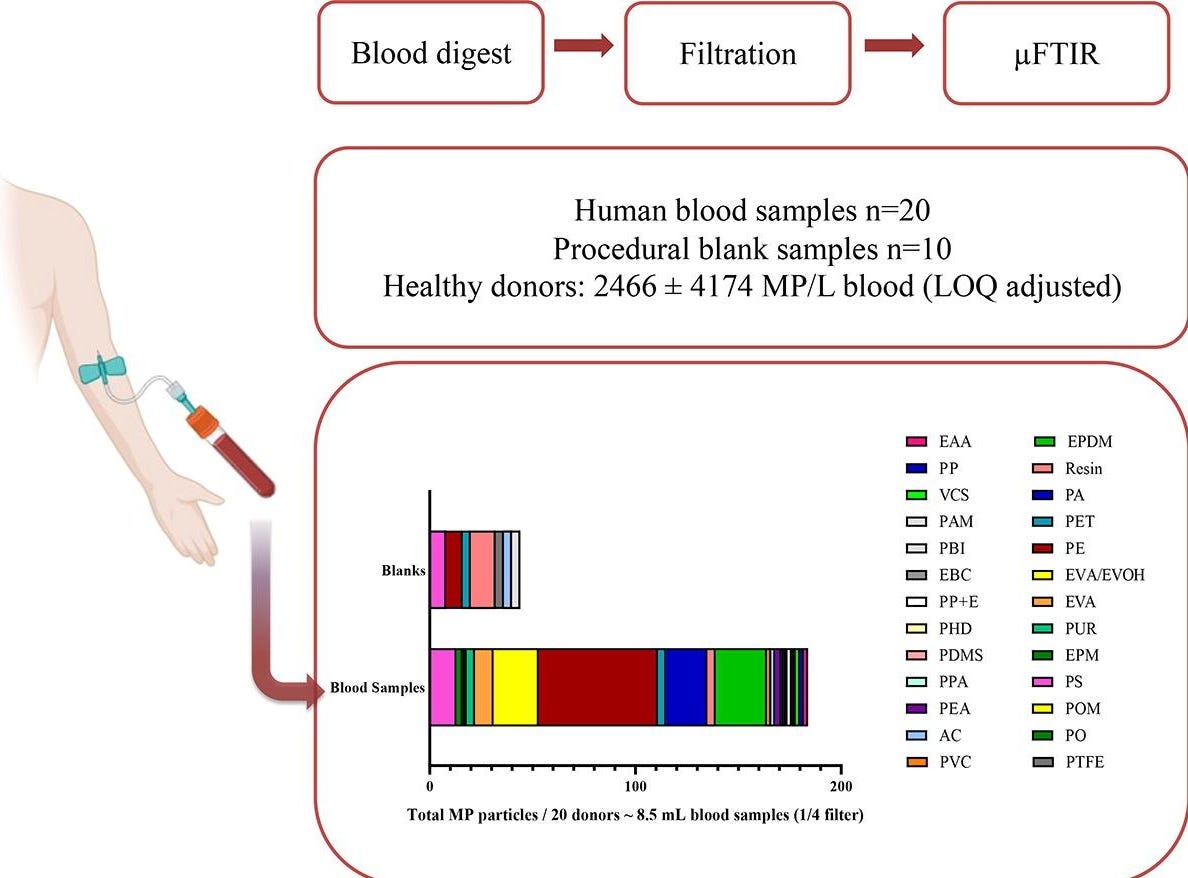
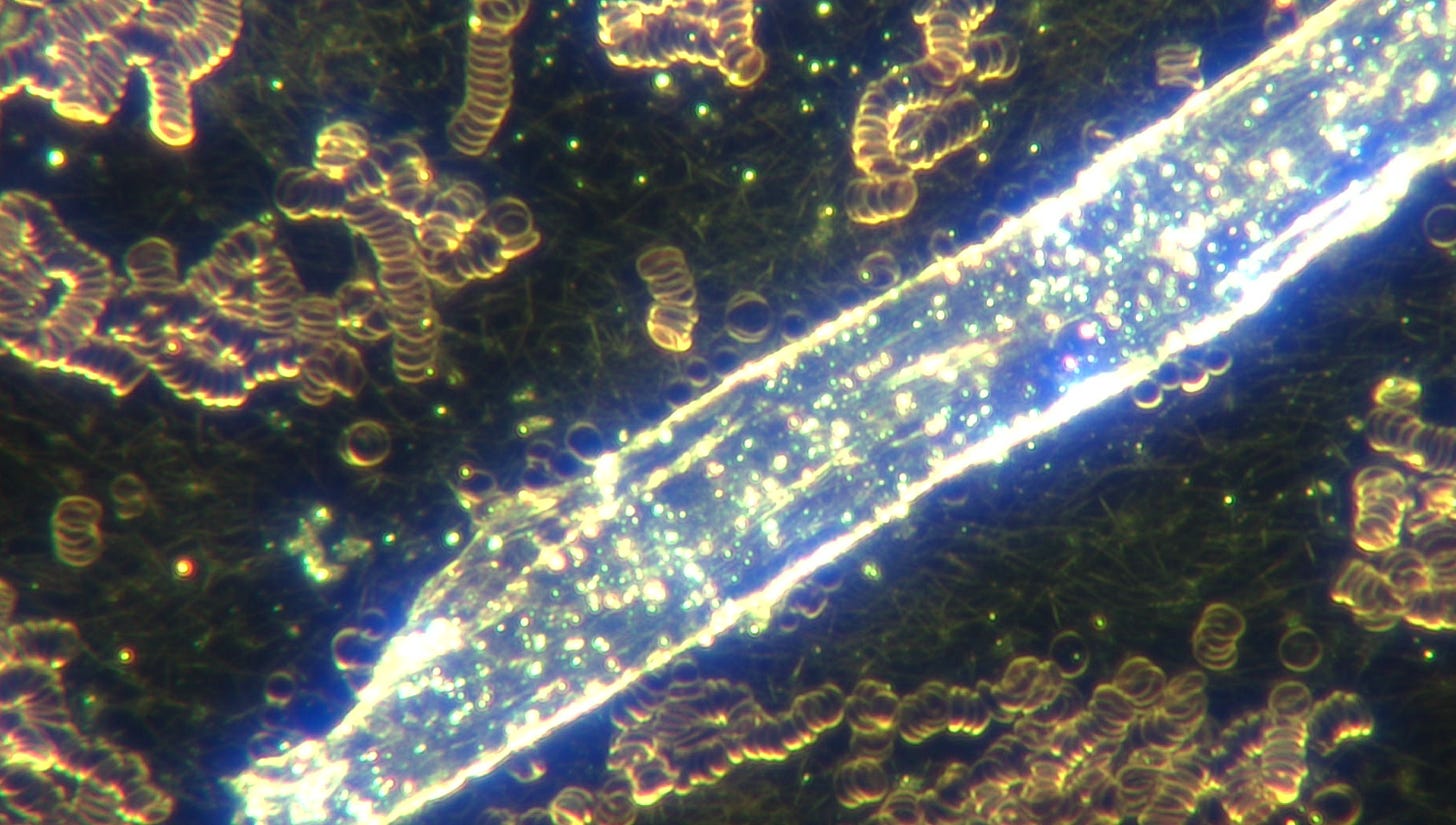
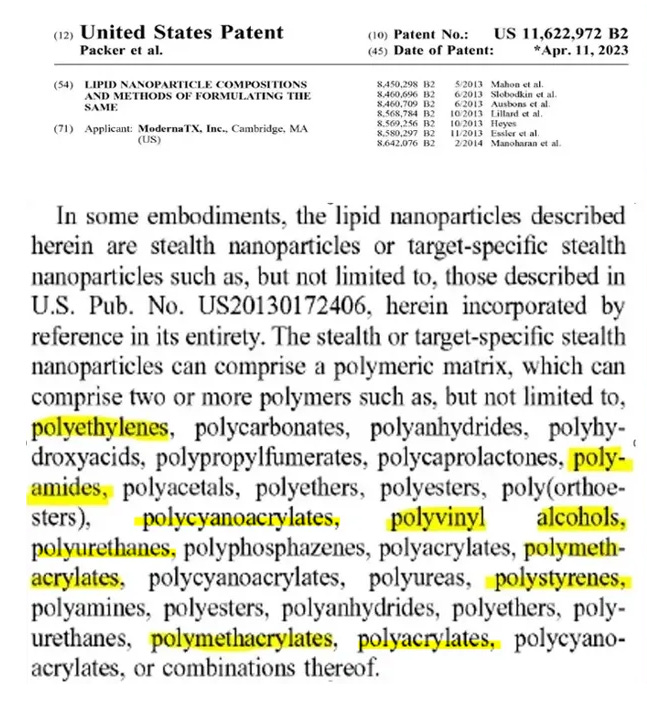
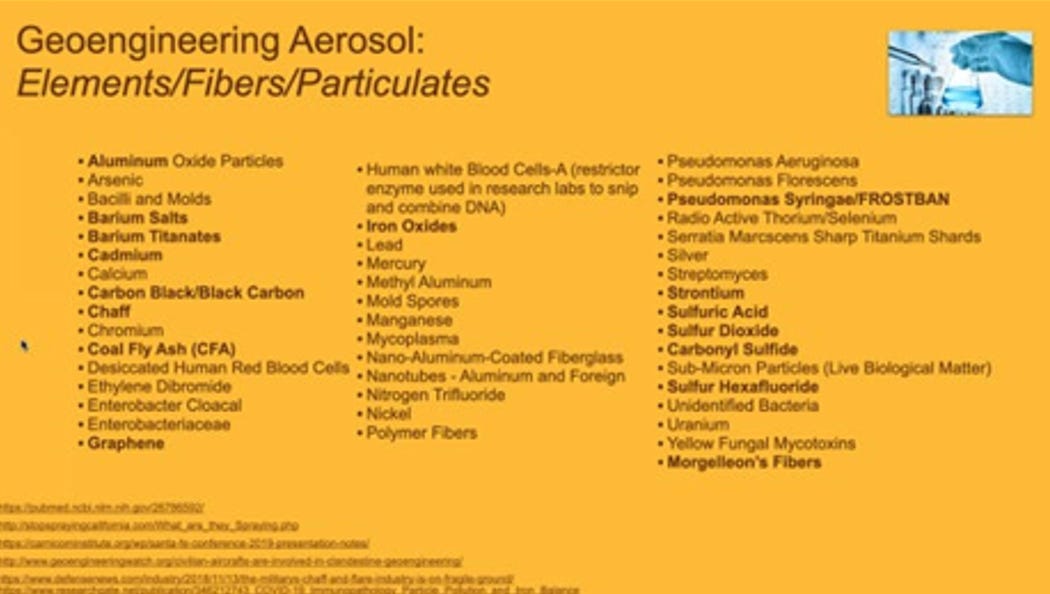
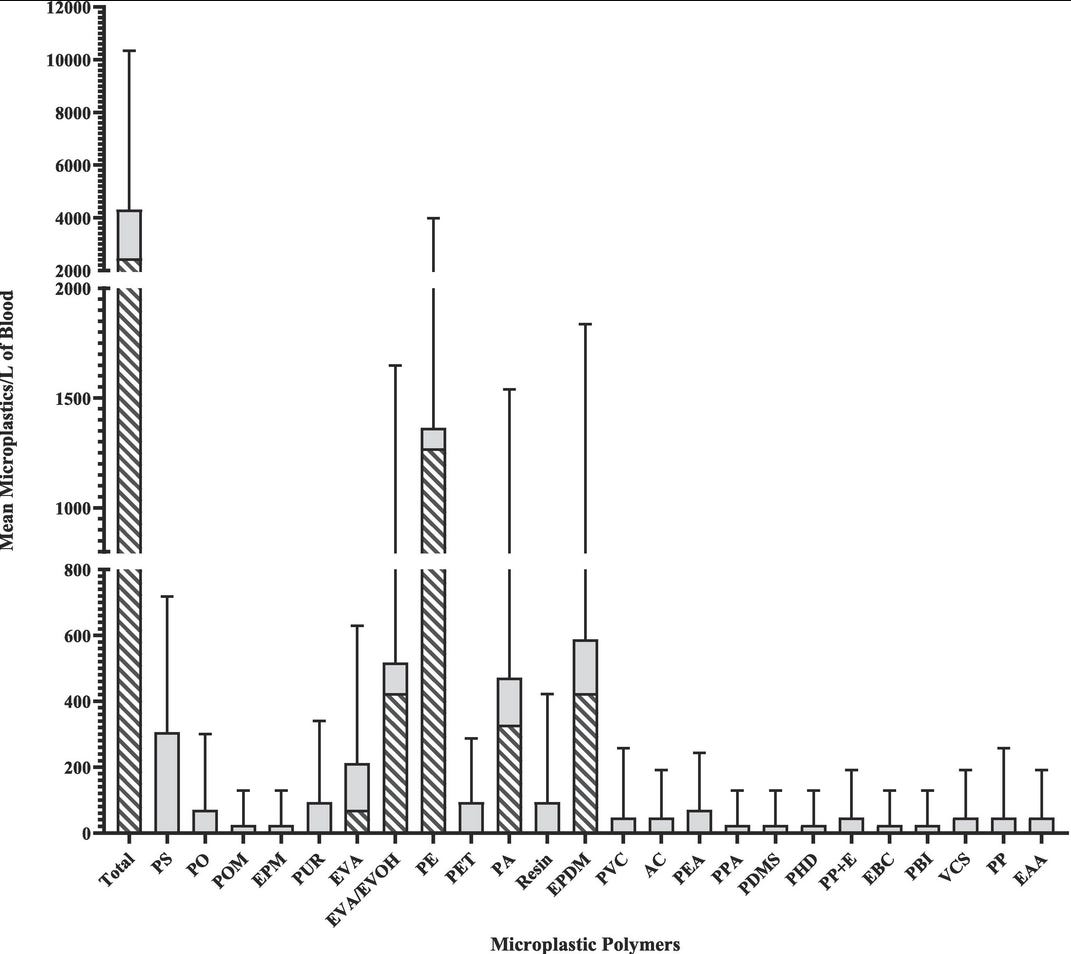
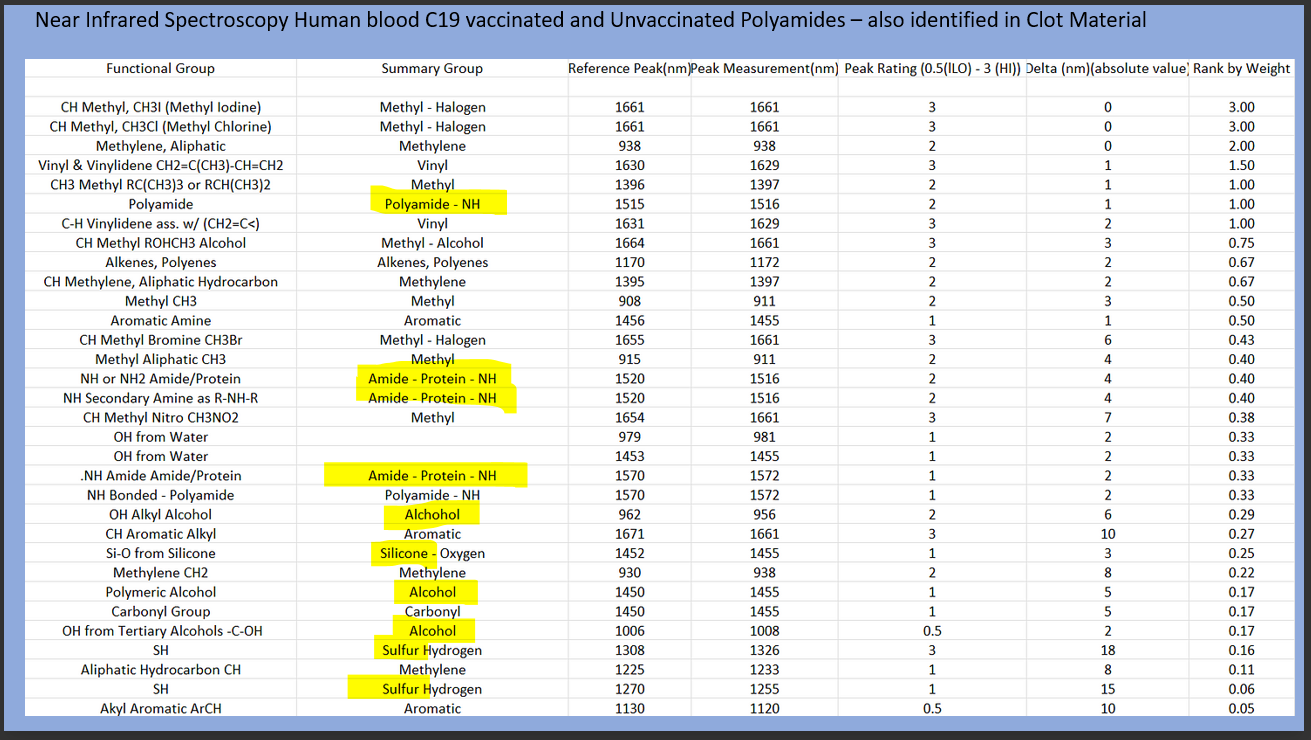

No comments:
Post a Comment